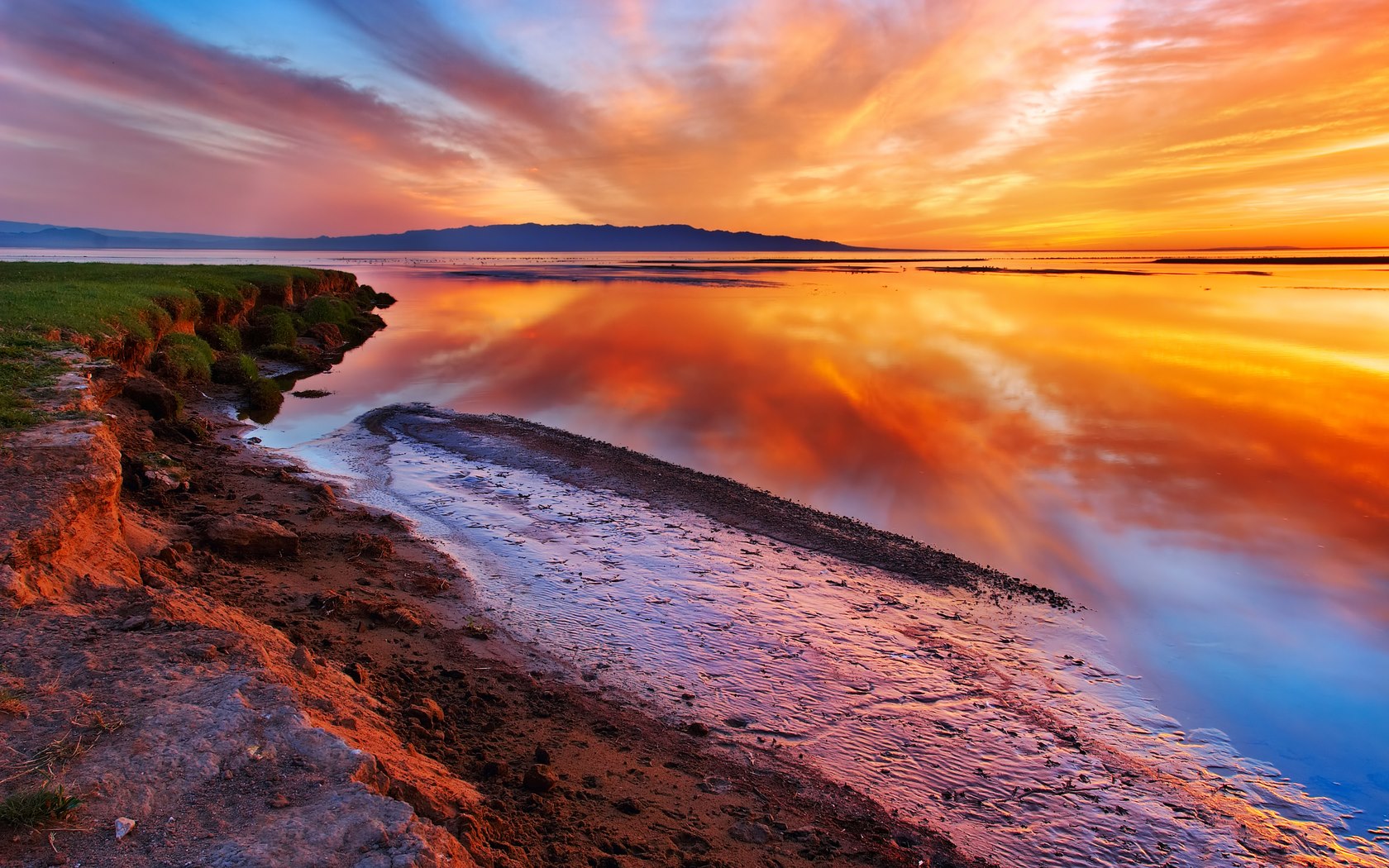The Presence of the Best of Muslims in Swalah
بِسۡمِ ٱللهِ ٱلرَّحۡمَـٰنِ ٱلرَّحِيمِ
Shaykh ‘Utsman Nuri Tufbas wrote, in “Islam, Spirit, & Form”, when Sayyidina Abu Hafsw ‘Umar ibn al-Khaththab al-Faruq (r.a.) was mortally wounded by a disgruntled fire-worshipper, he was losing blood, and in critical condition, and soon lost consciousness. Yet, when it was time for prayer, somebody stated close to his ear: “O ‘Umar! It is time for prayer!” Astonishingly, he then became aroused to perform his prayer.
And afterwards he said, “One who does not perform prayer has no place in Islam!” After these words he lost consciousness and later expired.”
Sayyidina ‘Ali ibn Abu Thalib (k.w.) the fourth caliph, was known for growing pale and shedding all worldly senses while praying. When he was struck with an arrow in a battle, he began prayer for somebody to remove the arrow from his body. He felt no pain while the arrow was being removed.
He was once asked, “O Leader of Believers! Why does your face grow pale and your body shake when it is time for prayer?”
He replied, “It is time to perform a worship that the earth and the sky could not bear. And I do not know whether I will be able to do it perfectly, or not.”
All companions of the Prophet (s.a.w.) used to have a feeling of awe and fear while praying. Sayyidina Hasan ibn ‘Ali (r.a.), the grandson of the Prophet (s.a.w.), used to turn pale while making ablution. Somebody who noticed that, asked him, “O Hasan! Why do you turn pale while making ablution?”
He replied, “It is time to enter the
presence of Allah (s.w.t.), the All-Powerful, the Glorious, and the
Great.




Comments
Post a Comment
Thank you for taking the time to share our thoughts. Once approved, your comments will be posted.